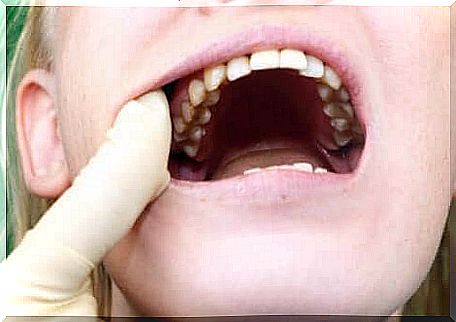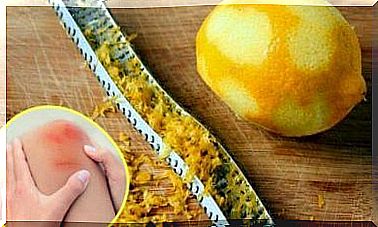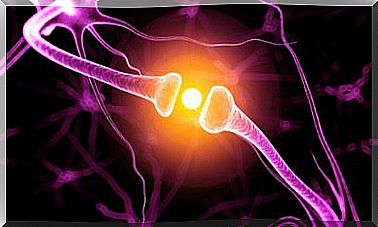Bacteria That Cause Cavities
The species Streptococcus mutans is one of the main bacteria that causes cavities. To prevent them from proliferating and damaging the teeth, it is best to maintain good oral hygiene.

Bacteria that cause cavities are microorganisms that organize themselves in a biofilm called dental plaque. At first, a kind of white spot appears on the tooth and, as the decay progresses, a cavity forms, leaving the dentin exposed.
This process includes several stages during which the bacteria that cause cavities alternate: in each phase, one of them predominates. Usually at the start of the process we find Streptococcus mutans bacteria , while in the advanced stages Lactobacillus and Bifidobacterium predominate.
Even though we all have microorganisms in the oral cavity, in healthy individuals there are no bacteria that cause cavities. In those with perfectly healthy teeth, the Streptococcus sanguinis species predominates.
Decay
Decay is the destruction of dental tissue by the acids produced by bacteria gathered on dental plaque. The latter is a film formed on the teeth by bacteria that cause cavities.
There are several types of cavities:
- Crown: this is the most common form, which is created on chewing surfaces. It occurs in children as well as in adults
- Interdental or interproximal: it is the one that appears in the spaces between the teeth, and it is not easy to detect
- Root: it is found in adults, and especially the elderly. It obeys the retraction of the gum. This makes the root of the tooth exposed, has no enamel and can be reached more easily.
- Recurrent or secondary: these are those that appear next to fillings or crowns placed for the treatment of other cavities

Bacteria that cause cavities
The bacteria of the species Streptococcus mutans are the most numerous on dental plaque, with a great incidence at the onset of decay. This type of bacteria is defined as gram positive, facultative anaerobic and spherical. It belongs to the acid-lactic group and thrives in environments with a low pH.
These bacteria are passed from person to person and attach themselves to teeth and gums, forming mounds. They are often accompanied (especially for deep cavities) by bacteria such as S. salivarius , S. parasanguinis and S. constellatus . Their proliferation can be avoided with good dental hygiene habits.
In some cases of caries, S. mutans is not present, but S. sobrinus , S. oralis and S. salivarius are. When decay is already formed, the presence of Lactobacillus of several types is common, with a predominance of L. gasseri and L. ultunensis .
Other important bacteria
Other bacteria that cause cavities are Actinomyces, which are particularly present in many cases of root caries. Their role in the onset and as the injury progresses, however, is unclear. This bacterium is one of the first to colonize the oral cavity of children.
The Bifidobacterium are anaerobic bacilli that cluster-shaped branch. Usually, they are found in the healthy intestinal tract. The B. dentium , S. inopinata ( B. inopinatum ) and P. denticolens ( B. denticolens ) were found in several cases, appearing when the lesion is well advanced.
The Prevotella is another anaerobic bacillus and one of the most common in the oral cavity. It has been linked to periodontal disease and endodontic infections, but its role in caries is unclear. In addition, Veillonella is very present in healthy oral cavities.

How to fight the bacteria that cause cavities?
There are several factors that promote the proliferation of bacteria causing cavities. The first of these is the excessive consumption of foods rich in carbohydrates, such as sugary drinks, sweets and industrial cakes. The more we consume, the more likely we are to develop cavities.
Other foods rich in starches, such as potatoes or bread, also promote the development of cavities. How we consume them does play a role, however. It is better to eat these products all at once and not several pieces in several times. You also have to know how to combine them.
Good oral hygiene is essential. We recommend brushing your teeth an hour after each meal, flossing, fluoride mouthwash, and of course seeing your dentist twice a year.









